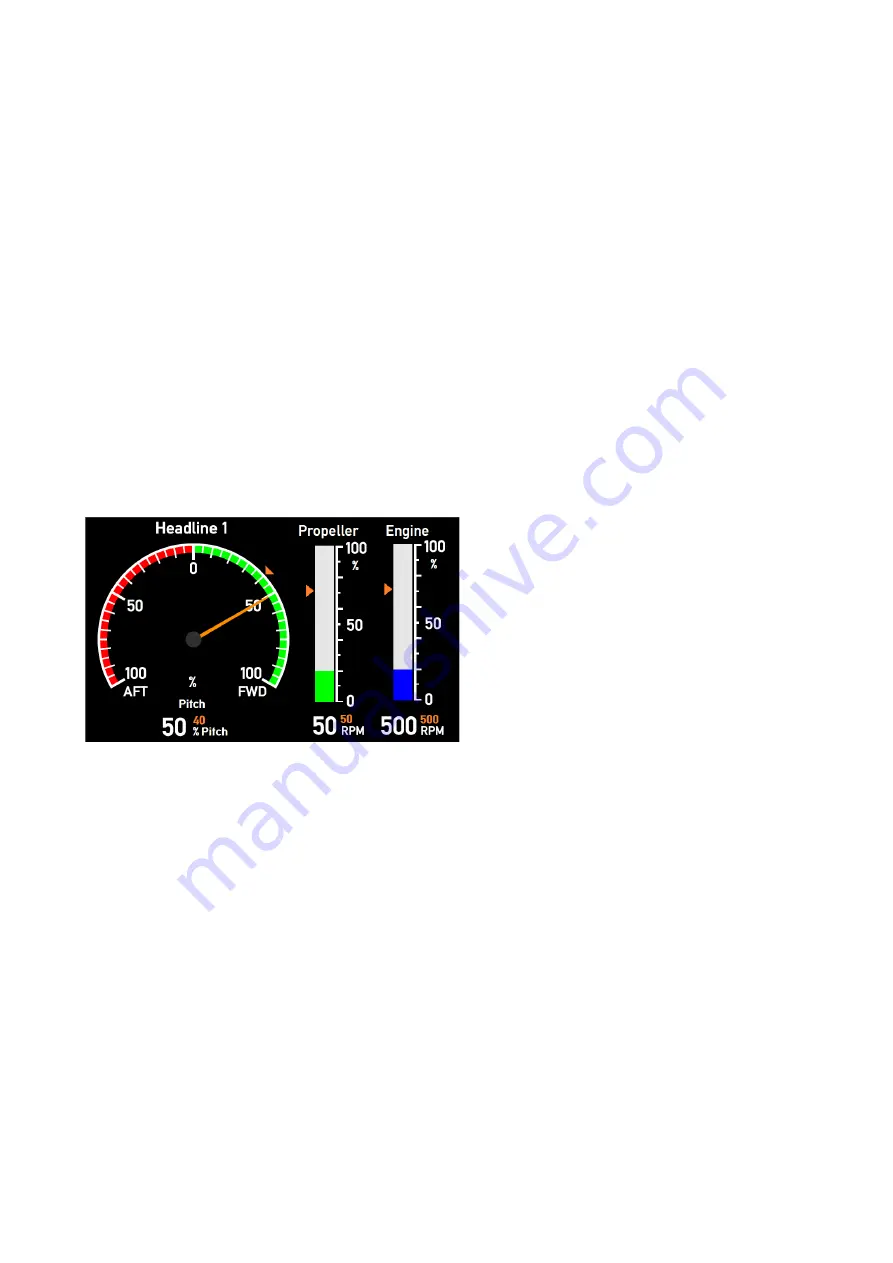
DESIGNER’S HANDBOOK 4189350049C EN
Page 14 of 206
Fig.1B Virtual indicator library structure for XDi- Nav
The library structure for XDi-Nav is basically the same as for Dual and Multi , but the product profiles (PP) contain
the supported NMEA sentence setup and the default NMEA configuration. The virtual indicators (VI) can contain up
to 4 predefined screens.
3.1.1
Product profile (PP)
A product profile contains products- and system-related parameters with their default settings.
Parameters like: CAN bus settings, dimmer settings, dimmer group, CAN bus settings, sound, and warning
settings.
If NMEA serial data interface is supported by the indicator library, the supported NMEA data types and relevant
setup parameters are also included in the PP.
The PP may also contain a default list of NMEA sentences to be routed from one or more inputs to one of the
NMEA output, but normally this is setup during installation instead.
Up to 50 different product profiles can be predefined in a library. The predefined product parameters can be
changed or adjusted via the XDi menu.
Note: The Product Profile selection is independent of the selection of virtual indicator and VI-setup.
3.1.2
Virtual indicator (VI)
The virtual indicator VI contains drawings of scales and other indicator elements and defines the graphical layout
of the VI, like the example below.
Fig. 2 virtual azimuth indicator
Virtual indicators in an XDi-D or M library presents one fixed indicator layout called a screen.
Where virtual indicator in an XDi-N can have up to 4 screens that can be toggled from one of the front buttons or
via external control.
3.1.2.1 Special indicator functions in XDi-N
•
Virtual indicators with up to 4 independent screens assigned to a VI mode group.
o
Edit the VI screens assigned to the 4 modes in a given VI mode group.
o
Toggle between modes either locally in one XDi unit or for a whole group of indicators within a CAN
system.
•
Change presentation unit, for example change the wind speed unit between knots, m/s and Beaufort.
•
Toggle between 3 unit profiles either locally or globally for a complete CAN system.
•
Multi data sources for a presented data type, with automatic prioritised fall-back in case a source is lost.
o
Edit the priority order or lock presentation to a given source.
o
Present the name of the active data source on the screen.
•
Present special data types like LAT/LONG, Date, Time on the virtual indicator screen















































